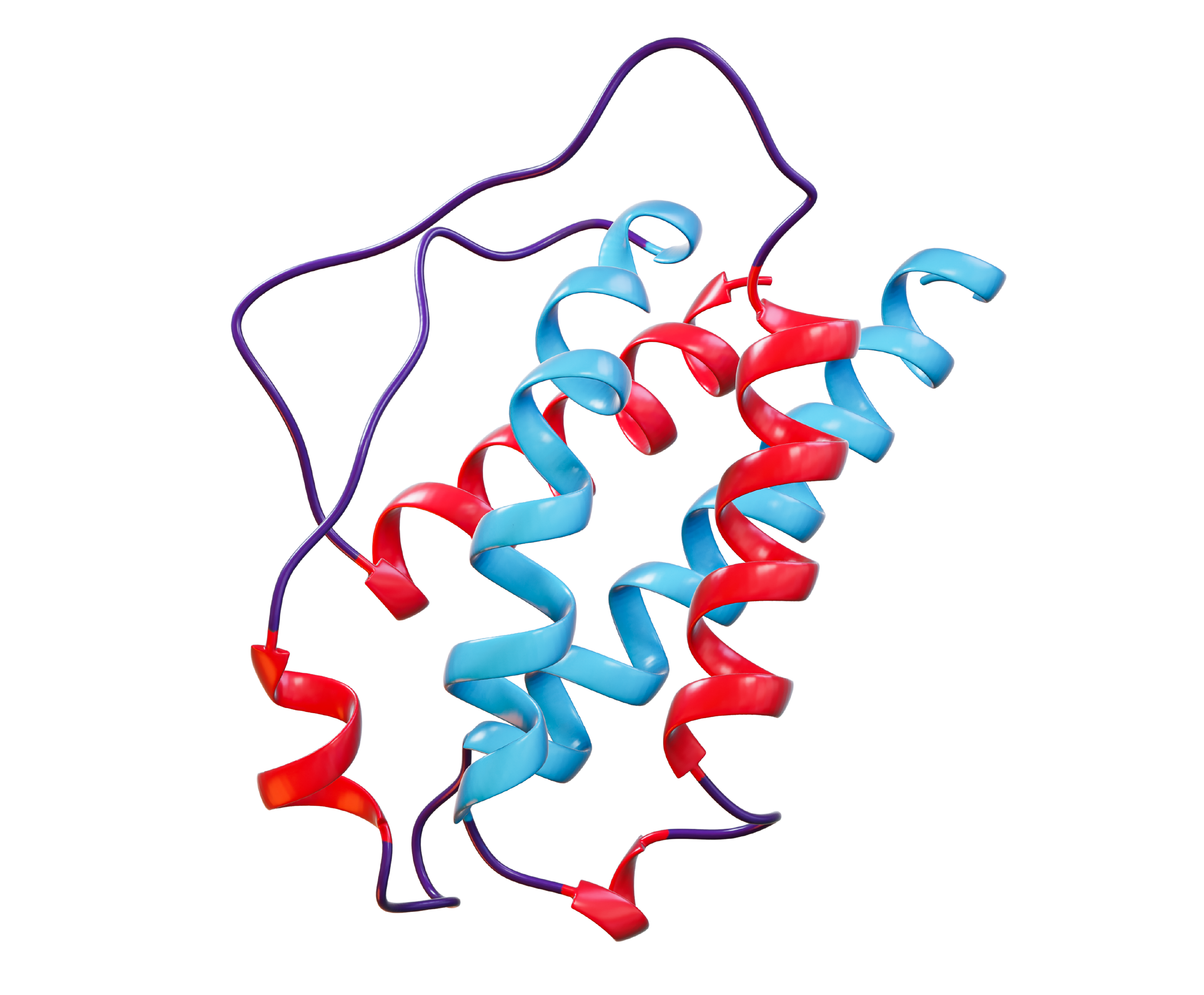We know the journey to cell and gene therapy commercialization isn't a walk in the park—it's more like climbing a mountain. But with the right planning, tools, and partnerships, that climb can become a lot easier.
Here, we'll explore some key steps to help successfully scale toward commercialization in this fast-moving field.
Step 1 - Sourcing Reliable Cell and Gene Therapy Raw Materials: From RUO to GMP
Ensuring consistency in your cell and gene therapy development starts with the raw materials you use. They must remain consistent from batch to batch to maintain reliability. Julia Hatler, Vice President of Cell and Gene Therapy at Bio-Techne, highlights this importance:
"Developers have become more conscious of the supply of critical reagents and ancillary materials throughout their workflows."

Research Use Only (RUO) reagents, while useful for experimental purposes, lack the rigorous validation required for clinical applications. In contrast, GMP reagents are strictly regulated to ensure quality and safety. While starting with GMP reagents might be economically daunting, an effective strategy is to use animal-free RUO reagents initially.
Animal-free RUO reagents bridge the gap between research and clinical-grade materials, ensuring reproducible, defined cell culture conditions and easing the transition to GMP reagents later down the line. This proactive step minimizes variability and facilitates a smoother transition to GMP-grade materials, making your data more reliable and expediting regulatory approval.
To make that transition even smoother, our animal-free RUO and GMP proteins are both manufactured proteins in the same animal-free facility, using the same equipment, methods, and by the same manufacturing team of experts. This ensures the highest level of consistency as you go from the animal-free RUO protein to the GMP-grade protein.
By integrating high-quality, animal-free RUO reagents and maintaining a focus on consistency, you set a solid foundation for successful commercialization and regulatory compliance.
Step 2 - Assessing Critical Quality Attributes
Nailing down the right Critical Quality Attributes (CQAs) is key to assessing your therapy's quality and effectiveness. To achieve this, you need precise assays that measure these CQAs consistently.

It’s important to ensure that your assays show, not only the efficacy and safety of your therapeutic, but also maintain their reliability when used across different labs and sites. As your therapy moves closer to the clinic, it’s crucial to keep data integrity top of mind. By using 21 CFR Part 11 compliant software, you can stay on track with GMP standards. Our advanced protein analytics platforms help you do just that, as well as providing the high levels of precision you need. For cell therapy, manufacturers are increasingly turning to Simple Western™ for comprehensive and reliable protein characterization.
Step 3 - Leveraging Innovations and New Technologies to Drive Success
In such a fast-paced industry, new technologies are constantly emerging, and it can be tough to figure out which ones are worth the effort to integrate. Here are a few things to consider when evaluating new technologies:
- How It Benefits You: Will it make a real difference in your process?
- Proof of Performance: Gather evidence from peer-reviewed studies and clinical trial results.
- Ease of Integration: How compatible is it with your existing process?
- Potential Risks: Consider regulatory hurdles and safety concerns.
- Costs vs. Returns: Weigh the cost of implementation against the potential return on investment.

Let’s look at an example of innovation.
Recently, there has been a fair amount of scrutiny regarding the use of viral vectors in cell and gene therapy, due to safety and immunogenicity concerns. These challenges have led to a growing interest in non-viral vectors, such as transposon-based systems. Platforms like TcBuster™ can generate engineered cells with superior insertional profiles and integrate larger cargo than lentiviral vectors, all within shorter timeframes too.
By leveraging innovative technologies effectively, you can optimize processes and increase the efficiency of your cell and gene therapies.
At Bio-Techne, we take innovation seriously. From our early days in developing and manufacturing hematology controls and cytokines under the brand R&D Systems™, we’ve continually evolved. Today, we continue to develop products that address specific challenges scientists face. For example, to aid T cell therapy development, we engineered an IL-2 recombinant protein to increase T cell proliferation without affecting exhaustion or memory phenotype.
Your Partner in Cell and Gene Therapy Success
To show strong clinical efficacy and manage costs as you scale up, it's essential to have a steady supply of raw materials and robust analytics platforms.
Whether you need to reduce variability, scale-up processes, or transition to GMP-grade raw materials, we offer high-quality reagents and precision analytical technology to help you succeed.
For more unique needs, our custom team is here to apply their cell and gene therapy expertise to design solutions tailored to your processes and specifications.
We also believe in the power of partnerships to simplify cell therapy manufacturing. That’s why, together with Wilson Wolf, we created ScaleReady™. This strategic partnership enables cost-effective, rapid production of T cells and NK cells at scale by combining the complementary strengths of our reagents with G-Rex® bioreactors.
By leveraging Bio-Techne's comprehensive support and integrating the strategies discussed, you can confidently navigate the complexities as you step toward cell and gene therapy commercialization.